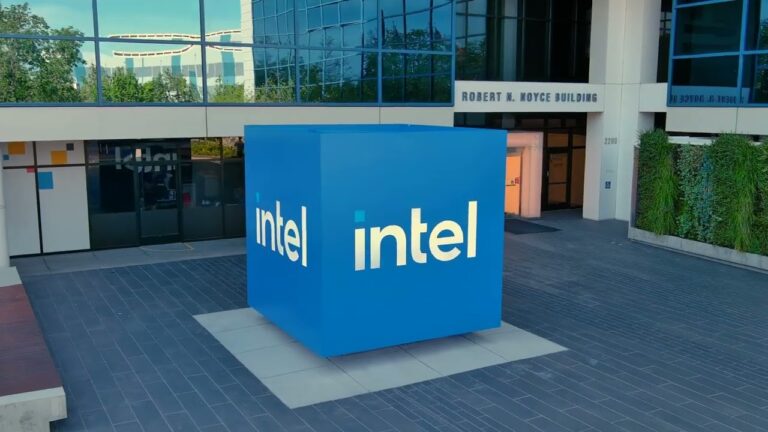With the US preparing for Donald Trump to potentially return to the Oval Office, his aggressive “America First” economic platform is back in focus. Set to run as the Republican presidential candidate in November’s elections, Trump is pushing for strict new tariffs and firm immigration reform.
The plans have been met with a mix of fear and support, as his promise to rekindle the US economy by putting American jobs and production first has won over some voters but rattled others who worry about geopolitical instability and trade wars.
Joe Biden’s current economic strategies have not resonated with many Americans. A recent poll by The Economist and YouGov found that 51 percent of respondents disapprove of Biden’s handling of the economy. Meanwhile, 58 percent said they were dissatisfied with his approach to inflation and rising costs. Fifty-four percent said they believed the economy is currently in a downturn.
The political landscape shifted when Biden opted out of running for president again and endorsed Kamala Harris as his successor. This has ignited new conversations about where US economic policy goes from here.
“We will restore the republic and secure a prosperous future that our people deserve,” Trump said during his acceptance speech at the Republican National Convention on July 18. He envisions America becoming: “greater, better, bolder, brighter, happier, stronger, freer and more united than ever before.”
Trump’s Resolute Agenda
Trump’s economic proposals are similar to what he promised during his first term — tough talk accompanied by new tariffs and tax breaks but what stands out now is how resolute he sounds. “Trump faced a lot of challenges in his first term,” said Dan Malinson, associate professor of public policy at Pennsylvania State University. “He wants to make sure this time around those challenges don’t stop him.”
A key part of Trump’s strategy involves slapping high tariffs on foreign goods to boost domestic production he suggests a 10% tariff on all imported goods; an aggressive 60% tariff on Chinese imports which could lead to retaliatory tariffs and potentially spark a trade war.
On immigration, Trump’s policies could create the largest deportation operation in US history, advocates say. They aim to close the border with Mexico to curb illegal crossings, an effort that some see as essential to his “America First” doctrine.
The Republican platform also supports reducing regulations; revitalizing manufacturing in the US; deregulating the energy sector; and incentivising companies to buy American products and hire American workers.
While inflation is something Trump has talked about a lot, it remains to be seen how effective his economic policies would be at combating it. “The economy is bigger than any president and doesn’t turn around overnight,” Malinson said.
As Trump lays out his plans for the economy, Harris has not yet presented her full economic strategy, but she is expected to keep many of Biden’s key policies in place while focusing heavily on worker rights, renewable energy and bringing high-tech manufacturing back to America.
But perception often matters more than reality when it comes to economics. Despite strong overall numbers now, people’s feelings about their own situations can still shape their views of how things are going sometimes trumping facts altogether so both candidates are sure to address these perceptions head-on as Election Day nears.




+ There are no comments
Add yours